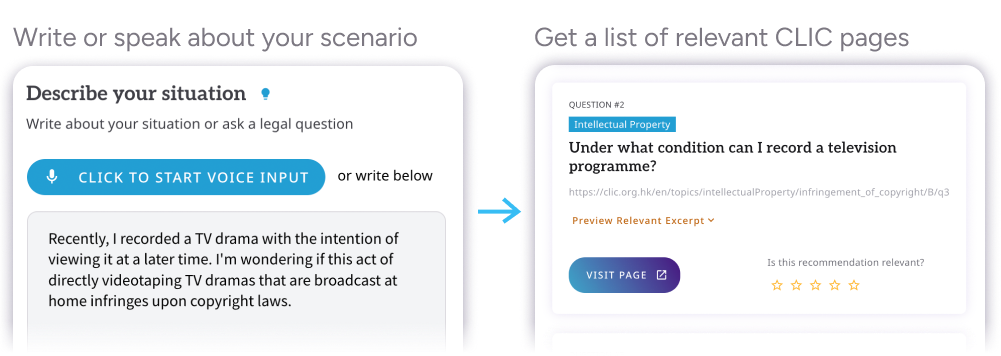2. I bought two machines for $200,000 and a second-hand lorry for $50,000. The purchase costs are capital expenditure and cannot be deducted from my assessable profits. Is there any relief that I can claim?
2. I bought two machines for $200,000 and a second-hand lorry for $50,000. The purchase costs are capital expenditure and cannot be deducted from my assessable profits. Is there any relief that I can claim?
You can claim for depreciation allowances. Please refer to the summary below:
- Initial Allowance ("IA")is 60% of the cost of the machinery or plant, to be granted in the year of asset purchase.
- Annual Allowance ("AA")is by nature a "wear and tear" allowance, granted annually on the reducing value of machinery or plant at 10%, 20% or 30% as laid down in the Inland Revenue Rules, a subsidiary legislation under the Inland Revenue Ordinance.
- Some examples of the rates of Annual Allowance for the more common machinery or plant:
| Air-conditioning plant | 10% |
| Room air-conditioners | 20% |
| Electric refrigerators | 20% |
| Washing machines and boilers | 20% |
| Furniture (excluding soft furnishing) | 20% |
| Motor vehicles | 30% |
| Tractors | 30% |
- A "Pooling System"was introduced in 1980/81. All items of machinery and plant qualifying for Annual Allowance at the same rate are brought together in one “Pool”, with additional items added to, and disposal proceeds subtracted from, the “Pool”.
- A balancing chargearises where the disposal proceeds exceed the reduced value of the "Pool".
- A balancing allowancecan only be granted to you on the cessation of the business.
- The allowances that you may claim for your machines and lorry for the year of purchase and the next two years are shown in the table below.
| Year 1 (The Year of purchase) | 20% Pool $ | 30% Pool $ |
| Purchase Costs | 200,000 | 50,000 |
| Less: Initial Allowance (60% of cost) | 120,000 | 30,000 |
| 80,000 | 20,000 | |
| Less: Annual Allowance | 16,000 (20% of 80,000) | 6,000 (30% of 20,000) |
| Reduced value c/f to Year 2 | 64,000 | 14,000 |
| Less: Annual Allowance | 12,800 (20% of 64,000) | 4,200 (30% of 14,000) |
| Reduced value c/f to Year 3 | 51,200 | 9,800 |
| Less: Annual Allowance | 10,240 (20% of 51,200) | 2,940 (30% of 9,800) |
| Reduced value c/f to Year 4 | 40,960 | 6,860 |
| If sold in Year 4 Less: Sale proceeds | 23,000 | 9,900 |
| Balancing charge in Year 4 | *3,040 | |
| **17,960 | ||
| Less: Annual Allowance for Year 4 | 3,592 (20% of 17,960) | |
| Reduced value c/f to Year 5 | 14,368 | |
| Less: Annual Allowance for Year 5 | 2,874 (20% of 14,368) | |
| Reduced value c/f to Year 6 | **11,494 |
Notes:
* Your assessable profits for Year 4 will be increased by the balancing charge of $3,040.
** An Annual Allowance will be given in respect of the sold machines every year until the balance of the “20% Pool” is reduced to zero. (In practice, this will rarely happen. Under normal circumstances, there would be new assets added to this “20% Pool”.)



 Print
Print Email
Email
